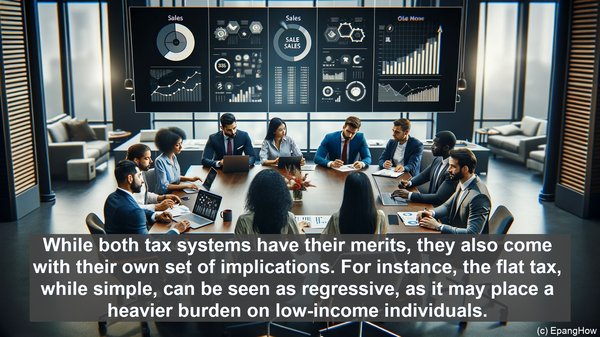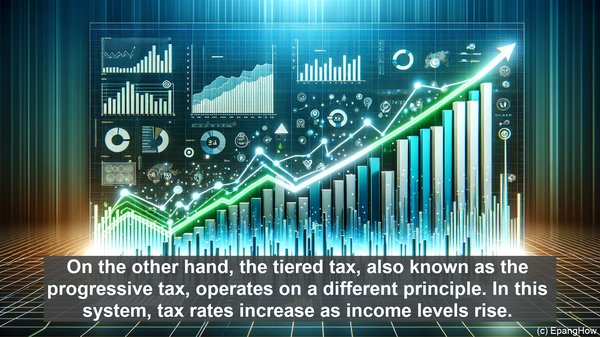Introduction: The Importance of Tax Systems
Hello everyone, and welcome to today’s article. Tax systems are the backbone of any economy, providing the necessary funds for public services, infrastructure, and more. In this article, we’ll be focusing on two prominent tax systems – the flat tax and the tiered tax. Let’s get started!

The Flat Tax: A Simplified Approach
The flat tax, as the name suggests, is a system where everyone, regardless of their income, is taxed at the same rate. This rate is often a fixed percentage. Proponents of the flat tax argue that it promotes simplicity, as there are no complex tax brackets or deductions to consider. Additionally, they claim that it encourages economic growth, as it provides individuals and businesses with more certainty and stability.
The Tiered Tax: A Progressive Structure
On the other hand, the tiered tax, also known as the progressive tax, operates on a different principle. In this system, tax rates increase as income levels rise. The idea behind this approach is to ensure that those who earn more contribute a higher proportion of their income. Advocates of the tiered tax argue that it promotes fairness and helps reduce income inequality, as it places a greater burden on the wealthy.

Implications and Considerations
While both tax systems have their merits, they also come with their own set of implications. For instance, the flat tax, while simple, can be seen as regressive, as it may place a heavier burden on low-income individuals. On the other hand, the tiered tax, while progressive, can potentially discourage high earners, leading to reduced investment and economic activity. Striking the right balance is crucial, and it often involves a nuanced approach.
